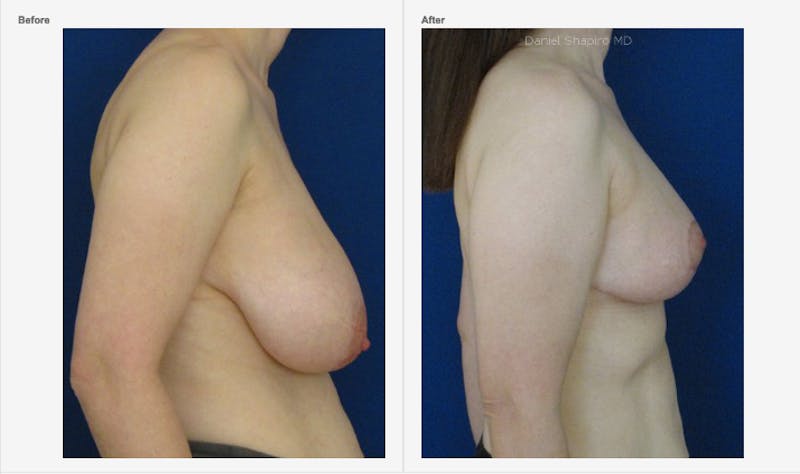
Breast Reduction – Why Bigger Isn’t Always Better
A breast reduction, or reduction mammoplasty, is a procedure that reduces the size of the breast by removing excess breast tissue, fat, and skin, and shifts the nipple and areola to a higher position. The procedure is most commonly sought out by women that have had children, are overweight, or have a genetic predisposition for disproportionately large breasts. However, there is an uptrend in young women turning to breast reduction surgery as early as their late teens or early twenties for relief from excessively large breasts.
The motto “bigger is better†is an affront to women that suffer physical ailments due to their excessively large breasts. Symptoms may include backaches and neck aches, difficulty breathing, poor posture, numbness in the breasts and upper chest, and skin irritation under the breasts. These are compounded by the emotional effects of being unhappy with their appearance, having difficulty finding tops that fit correctly, and having physical activities limited due to discomfort or embarrassment. A 2012 study published in Pediatrics on adolescent girls (defined as girls 12-21) with macromastia, abnormally large breasts, concluded that the condition had a substantial negative impact on the girls’ health-related quality of life. Additionally, the girls had a lower self-esteem, increased physical symptoms, such as breast pain, and were at higher risk for eating behaviors compared to adolescents without this condition, independent of BMI.
A breast reduction is a great option for healthy women that are tired of dealing with the physical strain of oversized breasts and want more proportional, firmer breasts. It is an outpatient procedure that is performed under general anesthesia, typically taking three to five hours to complete. Reduction mammoplasty usually involves three incisions, but the type of incisions depends on the size of the breasts, the degree of sagging, and how the nipple-areola complex is positioned. After incisions are made, excess skin and breast tissue is removed and the remaining skin and tissue is reshaped and the nipple is moved to a higher position. When appropriate, liposuction can also be used along the sides of the breast to create a tighter contour to the sides and breasts. This procedure has a very high satisfaction rate. Dr. Shapiro carefully plans each procedure with the goal of achieving the desired result with a minimal amount of scarring.
If you are suffering from macromastia and you are ready to take the next step towards relief, call (480) 451-1700 to schedule a consultation with Dr. Shapiro. He will discuss your goals, determine the best technique for you, and help create a treatment plan that will provide you with optimal results.


